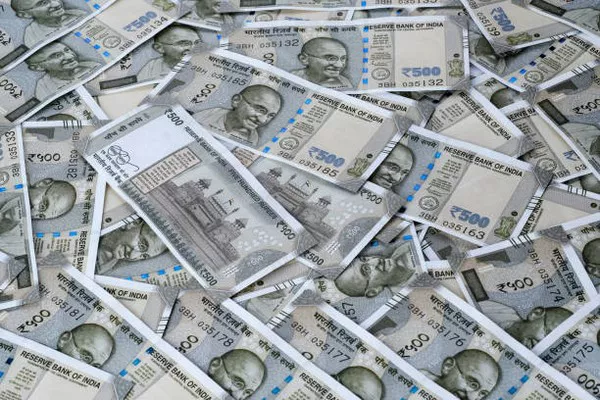The Indian rupee demonstrated resilience in the face of global volatility, holding steady on Friday and heading for its smallest annual percentage change in two decades. As of 10:30 a.m. IST, the rupee was trading at 83.1550 against the U.S. dollar, only marginally different from its previous close at 83.1650.
Year-on-year, the rupee has experienced a modest decline of about 0.4%, marking its smallest percentage change in at least the last 20 years. Despite hitting a record low of 83.42 in 2023, the depreciation has been notably milder compared to the approximately 10% drop witnessed last year.
Asian currencies’ strength contributed to the rupee’s gains on Friday, buoyed by growing expectations of U.S. interest rate cuts. The dollar index, although recovering slightly from a 5-month low, has seen a 2% decline in December, extending its 3% drop in November.
The Reserve Bank of India’s (RBI) sustained foreign exchange interventions have played a crucial role in stabilizing the rupee amidst global uncertainties. The central bank’s actions through spot, forwards, non-deliverable forwards, and futures markets have contributed to the rupee’s resilience, keeping it within its “prevailing zone.”
The rupee’s limited movement is expected to continue on Friday, caught between month-end importer dollar demand and positive Asian cues. Despite global dollar weakness and increased inflows into Indian markets, the rupee has maintained its stability.
Overseas investors have shown confidence in Indian markets, with investments totaling $27.8 billion in 2023, of which $9.3 billion flowed in during December alone, according to NSDL data.
“Rupee has been moving amidst thin holiday trades and is expected to be in a range of 83.05 to 83.30 (on Friday),” commented Anil Kumar Bhansali, Head of Treasury at Finrex Treasury Advisors. The rupee’s ability to navigate market dynamics underscores its resilience and the impact of RBI’s strategic interventions.


